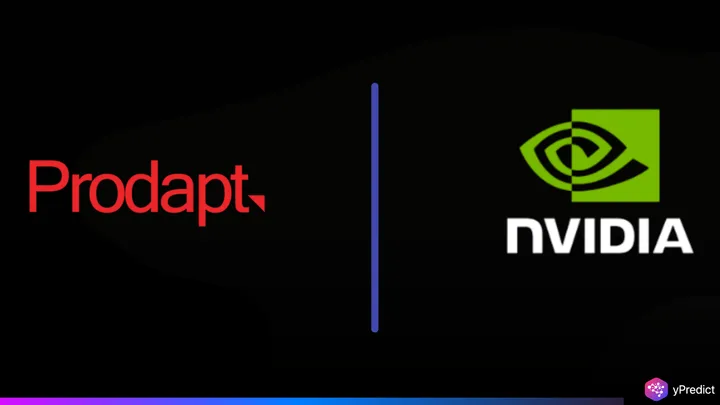
Prodapt has launched a new AI-driven solution that aims to cut network downtime and improve service delivery for telecom operators. Unveiled this week, the system uses AI agents trained on NVIDIA’s enterprise AI platform to automate how Telcos manage network incidents. These software agents are designed to predict, analyze, and even fix service issues without waiting for manual intervention. That means faster problem resolution, smarter workforce deployment, and fewer dropped calls or outages. Chris Penrose, Global Head of Telecom Business at NVIDIA, praised the launch as a turning point for the sector. “This takes Telcos from reactive to proactive mode,” he said. “It’s a practical use of AI that scales.”
Agentic AI, Smart Software Built for Real-World Telecom Problems
Prodapt’s new offering centers on a system called Autonomous Operations (AO), which uses Agentic AI to automate telecom tasks. These software-based agents simulate human decision-making and actively monitor and repair networks. Prodapt built the agents using NVIDIA’s NIM and NeMo microservices and trained them on telecom-specific workflows. That means they know how to handle the everyday complexity that Telcos face, from dropped signals to field staff shortages.
For example, an agent can predict when a network issue will occur, alert the team, suggest the best engineer for the job, and track the fix all in one flow. “Telcos want real, scalable solutions, not just experiments,” said Rajiv Papneja, CTO at Prodapt. “That’s why we built agents that fit directly into live operations.” By embedding AI into key network tasks, the solution promises better speed, accuracy, and reliability across the board.
Results on the Ground and What Comes Next
The first use case focuses on network issue resolution, a major pain point for telecom providers worldwide. Many still rely on outdated systems that make it hard to detect problems early or dispatch help efficiently. Prodapt’s agents aim to solve that by inserting themselves at multiple stages in the repair process. They forecast service outages, issue alerts, select available engineers, generate fix summaries, and close the case, all in near real time.
Simulations show a 30% improvement in resolution times and significant gains in resource allocation. This could mean fewer delays and better service for customers. Still, moving from pilot to full-scale deployment isn’t simple. Many Telcos lack the AI infrastructure or the skilled talent to operate these systems. “There’s no shortage of AI tools, but few know how to make them work in telecom,” Papneja noted. “That’s where we come in.” Prodapt is also planning to expand its agent network to cover customer experience, billing, and enterprise modernization.
A Practical Leap Toward Smarter, Faster Telco Systems
Prodapt’s partnership with NVIDIA signals a clear shift toward automation that delivers, not just experiments. The use of AI agents across the telecom value chain represents a step change in how operations are run and scaled. By focusing on practical deployments and domain-specific AI, the company is helping Telcos move beyond manual processes and toward autonomous networks.
As AI competition in telecom heats up, solutions like AO could offer a competitive edge by cutting costs and improving customer loyalty. For Telcos still deciding how to invest in AI, Prodapt’s early results may be just the push they need to act decisively.






